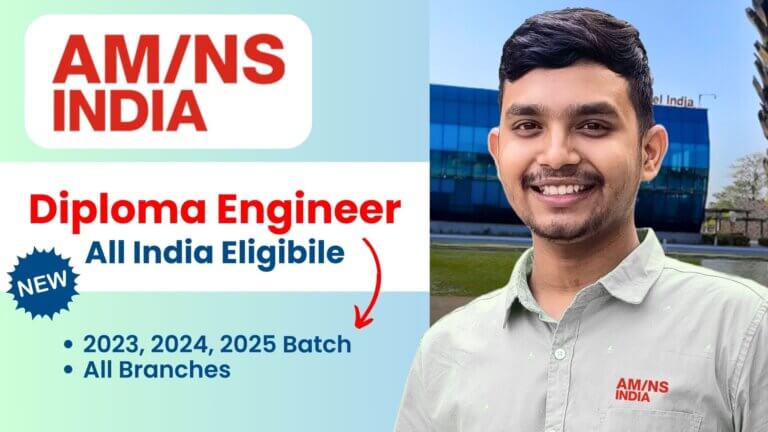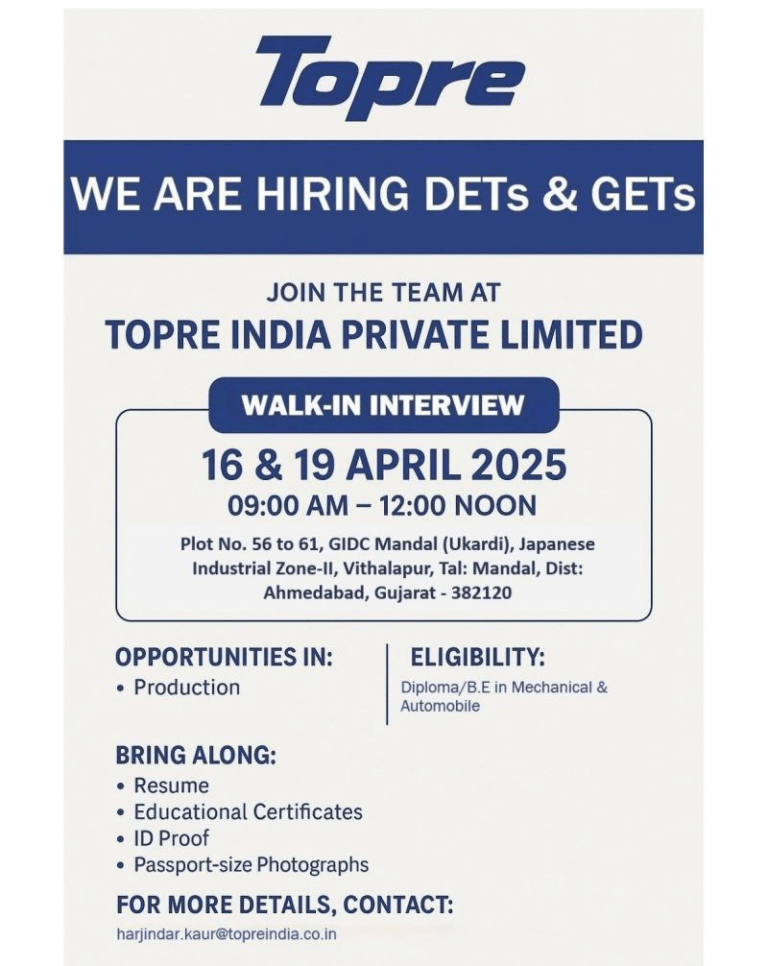2nd Semester Chemistry Notes PDF, Jharkhand Polytechnic Notes PDF: This diploma syllabus for the 2nd-semester chemistry has been named “Engineering Chemistry”. This, it is intended to teach you about Engineering Materials and their appropriate uses, the Lubrication process and protection of machines in different working environments, the quality of water and its treatment as per the requirement, corrosion and its control by various methods.
You can download the handwritten notes of Engineering Chemistry-II for the second semester of the 03 Years Diploma Engineering in Jharkhand.
These notes are prepared by the students of Jharkhand Polytechnic based on the syllabus issued by the Jharkhand University of Technology (JUT), Ranchi.
Check also: 2nd Semester Syllabus of Jharkhand Polytechnic
You can join our Facebook and Telegram Group of the Jharkhand Polytechnic Students Club to connect with all the Polytechnic students of Jharkhand.
Download 2nd-semester Chemistry notes for Polytechnic from below.
| Chapter Name | Download |
|---|---|
| Electrochemistry | Download PDF |
| Metals Alloys | Download PDF Download PDF |
| Non-Metallic Engineering Matrerial | Download PDF |
| Water | Download PDF |
| Corrosion | Download PDF |
| Paints & Varnishes | Download PDF |
| Lubricant and Lubrication: | Download PDF |
We also have other notes for 2nd Semester Chemistry. You can check them also and choose which is best for you to understand and learn the concepts of Engineering Chemistry 2 at Jharkhand Polytechnic.
Electrochemistry- Polytechnic Chemistry Notes
These electrochemistry Polytechnic notes for the second semester are provided by Shubham Jha you can tanking on his Instagram.
| Electrochemistry Notes 1 | Download PDF |
| Electrochemistry Notes 2 | Download PDF |
The conductivity of Electrolytes – Concept of Ohms Law, Specific Conductance, Specific Resistance, Equivalent Conductivity & Molar Conductance, Variation of Specific, Molar and Equivalent Conductance with dilution. Concept of: Cell Constant, PH, POH and Buffer solution. Numerical based on PH and POH. Application of PH and Buffer solution.
Metals and Alloys – Polytechnic Chemistry Notes
| Metals Metallurgy of Iron | Downloads PDF |
| Metallurgy of Copper | Downloads PDF |
| Metallurgy of Aluminium | Downloads PDF |
| Alloys | Download PDF |
Metals- Polytechnic Chemistry Notes
Definition of Metallurgy, Brief introduction of the terms involved in metallurgy.
Metallurgy of Iron:
Resources of Fe, Important Ores of Iron, Extraction process, Smelting in Blast Furnace, Chemical Reactions in Blast Furnace. Composition of Pig Iron. Engineering applications of Pig Iron, Cast Iron, wrought Iron or Malleable Iron.
Metallurgy of Copper:
Important ores of Copper, Extraction of Copper from chief ore. Engineering properties of Copper and applications.
Metallurgy of Aluminium:
Important Ores of Aluminium, Extraction of Aluminium from Alumina by Electrolytic Reduction Process, Electrolytic Refining of Aluminium, Engineering Properties of Aluminium & Uses.
Alloys- Polytechnic Chemistry Notes
Ferrous Alloys:
Various methods of steel making, Composition, Properties & Applications of Plain Carbon Steel (Low Carbon, Medium Carbon, High Carbon & Very Hard Steel) & Effect of Various Alloying Elements (Cr, W, V, Ni, Mn, Mo, Si) etc. on Steel.
Non-Ferrous Alloys:
Copper Alloys– Brass, Bronze, Nickel Silver or German Silver, their Composition, Properties & Applications.
Aluminium Alloys – Duralumin, Magnalium, their Composition, Properties & Applications
Other Alloys: Definition, Compositions, Properties &Applications of Soft Solder, Tinmann’s Solder, Brazing Alloy, Plumber’s Solder, Rose Metal
Non-Metallic Engineering Material- Polytechnic Chemistry Notes
| Non-Metallic Engineering Material | Download PDF |
Ceramics: Definition, Properties & Engineering Applications, Types – Structural Ceramics, Facing Material, Refractories, Fine Ceramics, Special Ceramics.
Refractories: Definition, Properties, Applications & Uses of Fire Clay Bricks, Silica Bricks and Masonry Bricks.
Composite Materials: Definition, Properties, Advantages, Applications & Examples.
Adhesives: Definition, Characteristics, Advantages of adhesives, examples such as phenol-formaldehyde resin, urea-formaldehyde resin, and epoxy resin- their properties and applications as adhesives.
Water- Polytechnic Chemistry Notes
| Water 1 | Download PDF |
| Water 2 | Download PDF |
Characteristics, Sources, Impurities, Hard & Soft Water, Causes of Hardness, Types of Hardness, Degree of Hardness, Boiler and Steam Generation, Scale & Sludge Formation – Causes, disadvantage, Softening Methods such as Boiling, Clark’s, Soda Ash, Lime Soda, Zeolite & Ion Exchange Methods with Principle Chemical Reactions. Plumbo solvency & its Removal. Numerical Problems.
Corrosion- Polytechnic Chemistry Notes
| Corrosion | Download PDF |
Definition of Corrosion, Types of Corrosion (Dry and Wet chemical Corrosion) and their mechanism. Protection of metal from corrosion (Corrosion Control). Application of Protective Coatings like metal coating such as Galvanising, Tinning, Metal Spraying, Sherardizing, Electroplating and Metal Cladding
Paints & Varnishes- Polytechnic Chemistry Notes
| Paints | Download PDF |
| Varnishes | Download PDF |
| Lubricants | Download PDF |
Paints: Definition, Characteristics of Good Paint, Constituents & their functions & Examples, Methods of Applications. Introduction to Chemical Resistant Paints, Heat Resistance Paint, Cellulose
Paint, Luminous Paints, Emulsion Paints, Metal Paints, Cement Paints, Water Paints or Distempers.
Varnishes: Definition, Characteristics, Constituents, Types, Composition, Properties & Application of Japans, Enamels, Lacquers.
OBJECTIVE
After completing this syllabus you will be able to:
- Suggest the appropriate use of metals, alloys and non-metallic materials in engineering.
- Knowledge of corrosion of metal and control methods.
- Knowledge of choosing suitable lubricants for smooth-running machines.
- Implementing the knowledge and utilization of water and water treatment to serve the
requisites of a particular use



Chemistry notes are mine but uploaded by someone else.